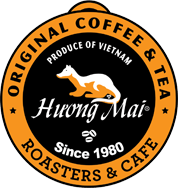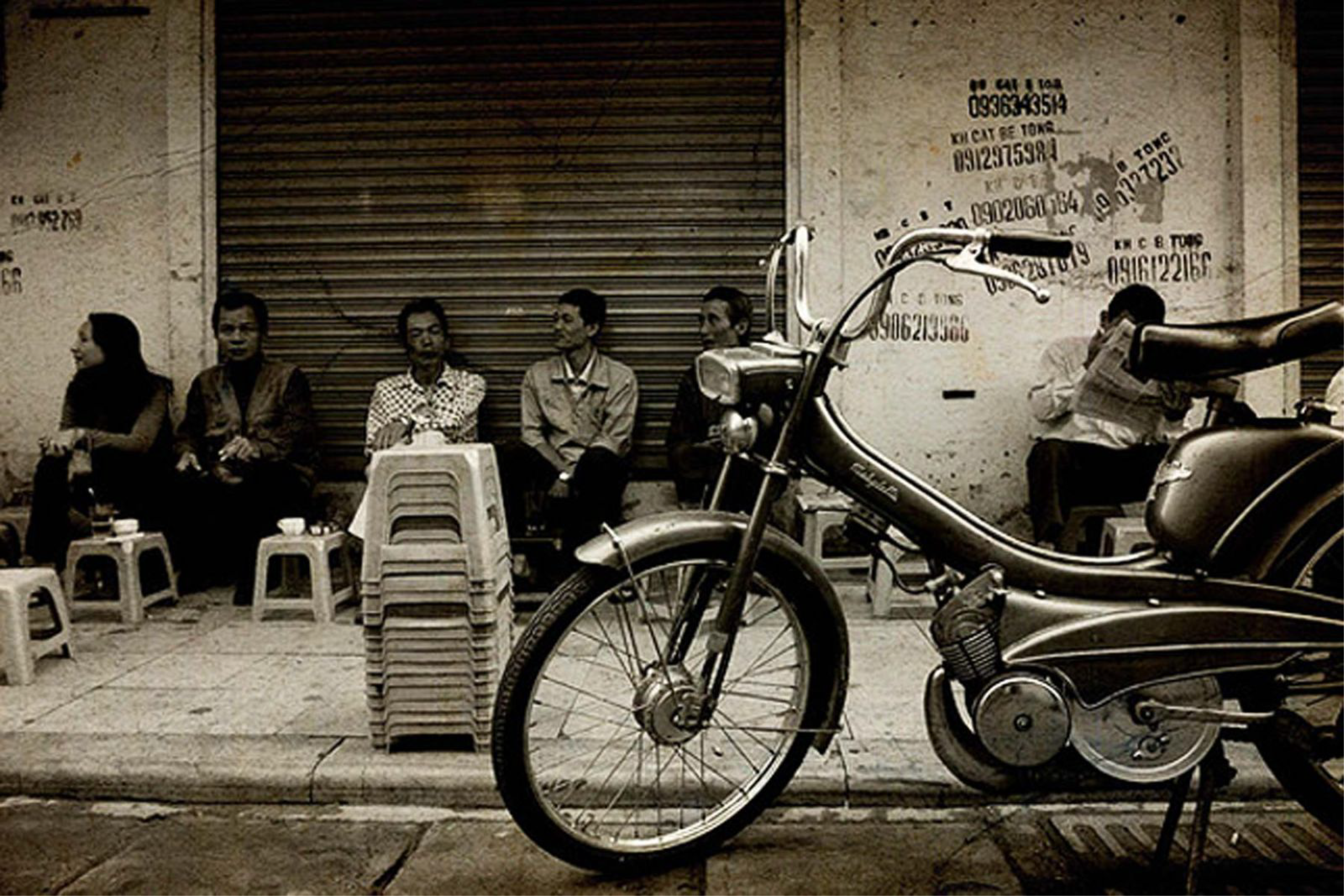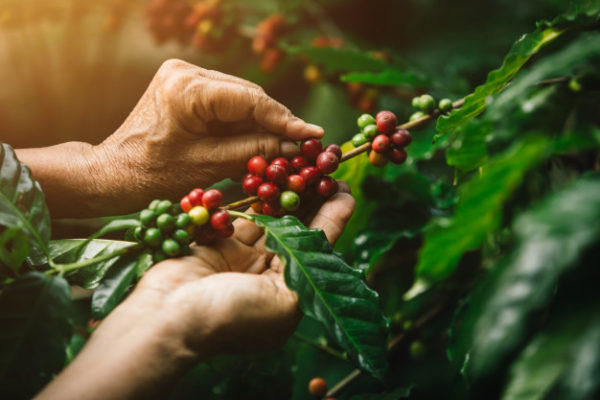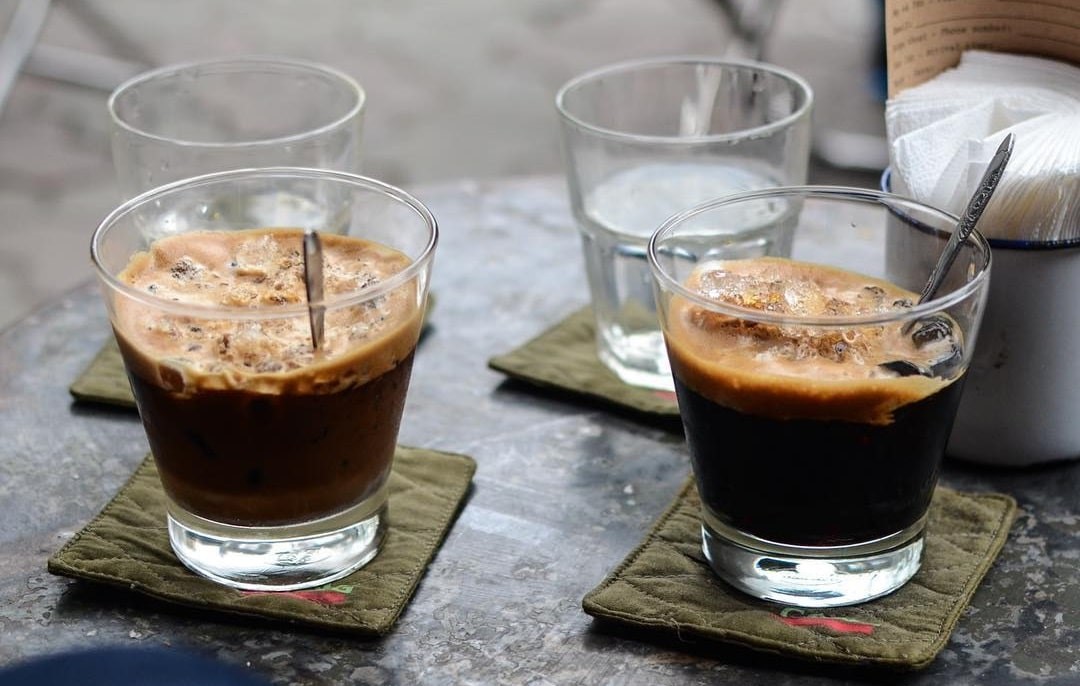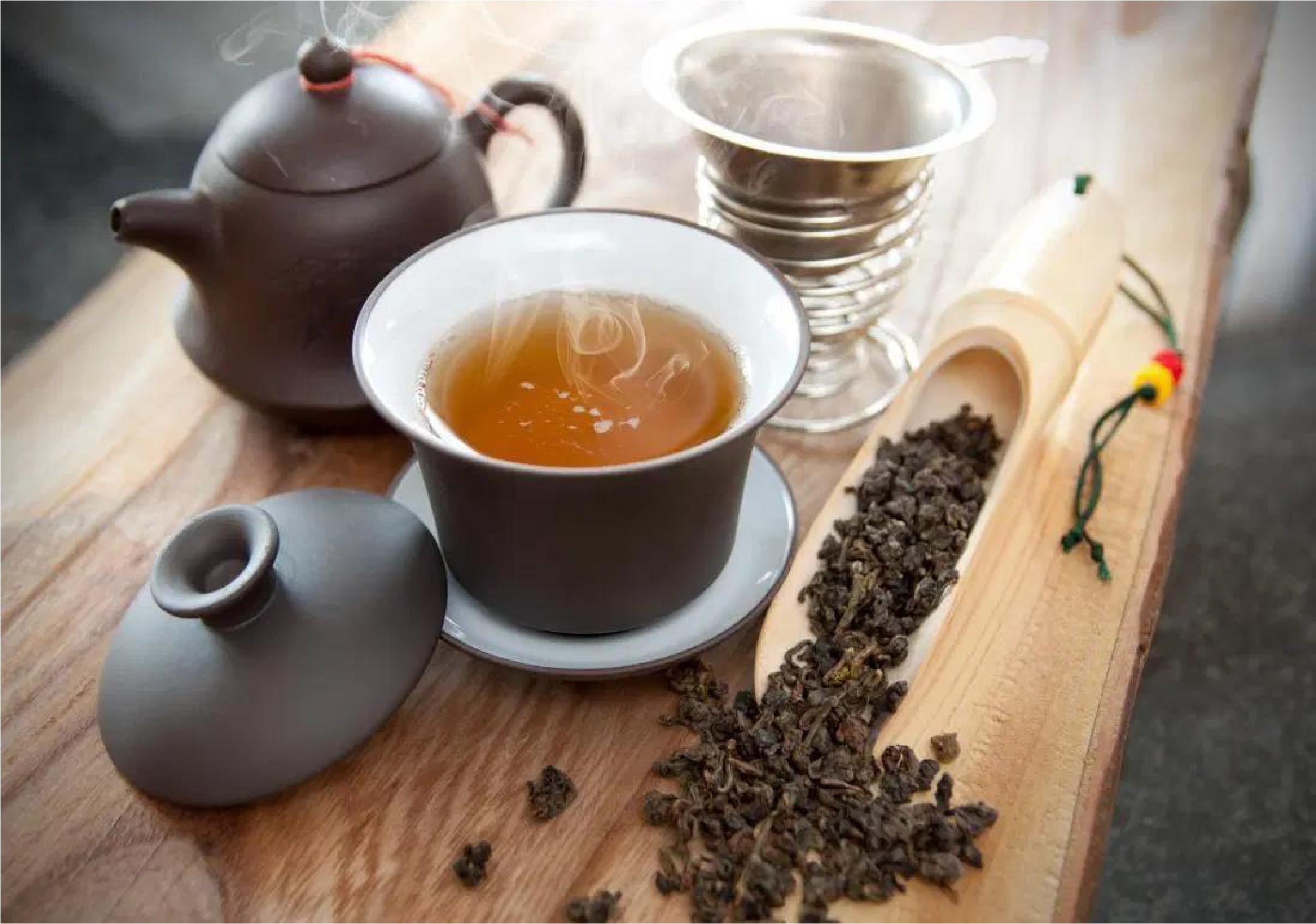How to Make delicious Oolong Tea cup?
How to Make delicious Oolong Tea cup?
How to Make Oolong Tea
Oolong tea is a traditional brew made from the Camellia sinensis bush that ranges in oxidation from 10 to 70 percent, which is between green and black tea fermentation levels. The tea is also spelled wulong or wu-long.
The taste is more akin to green than black varieties. While lacking the rosy, sweet aroma of black brews, wulong offers a delightful, satisfying flavor without the stridently grassy vegetal notes that typify most green blends.

The Tea's Origin
The most famous and expensive varieties are produced in the Fujian province China. Taiwan began production in the mid 19th century.
Since then, many of the teas that are grown in Fujian province have also been cultivated in Taiwan where the tea industry has grown at a rapid rate in the past 30 years.
Cultivation Expands to Vietnam
Oolong tea cultivation migrated to Vietnam in recent years and has continued to grow in popularity, as Taiwan moves more of its trade to the country. The tea that is produced yields a high quality, less expensive variety offering an excellent tasting brew.
Vietnam's Tam Chau tea plantation, located in the highlands of Bao Loc at an elevation of 850-950 meters above sea level, is a major tea producer spanning 300 hectares or 741 acres in size.
The cultivation has been controlled strictly without using chemical fertilizer. The tea processing technology and machinery are imported from Taiwan, and all processing follows Taiwanese cultivation methods.
How to make Oolong tea
Step 1: Prepare tea leaves and teapot
We recommend brewing oolong tea using loose leaves to develop the proper oolong flavors. You can still use oolong tea bag if you prefer the convenience, but understand that the quality and flavor will likely be inferior to loose leaf varieties. It is commonly brewed to be strong, with the bitterness leaving a sweet aftertaste. Typically, preparation includes 2.25 grams of tea per 170 grams of water, or about two teaspoons of bulk tea per cup. Teapot used to make tea can be used in ceramic or porcelain ones. Tea cups should choose cups with white enamel so that the tea color looks better and easier to see.
Step 2: Prepare Water
It's important to use high quality water to achieve the proper flavors and aromas. Avoid distilled water since it can taste flat and doesn't develop tea flavors well. Tap water should also be avoided since water treatment chemicals such as chlorine can affect taste. Instead, use filtered water or spring water for the best results whenever possible.
To develop the best flavor profile of oolong tea, it's best to use hot water that is just shy of boiling. Aim to heat your water to 180 or 200 F for brewing. You can use a thermometer for the most accurate temperature control or simply allow boiling water to cool for a minute before adding to your clay teapot or vessel.
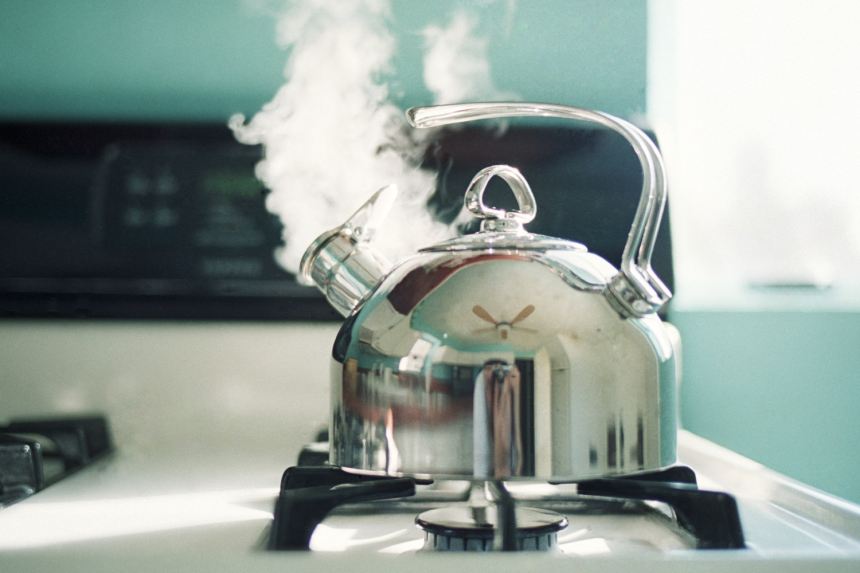
Step 3: Wake up tea
Once water reaches the proper temperature, fill your gaiwan or yixing cup about halfway, swirl and then discard the water. This initial water is used to cleanse the leaves and open them up for flavor release.

Step 4: Steep
The general rule for oolong tea is to steep for 1 to 5 minutes. Longer steeping times can allow additional flavors to develop for a richer, more full-bodied tea. It's best to allow leaves to steep for 1 minute and then taste every 30 seconds to get the best flavor for your preferences.
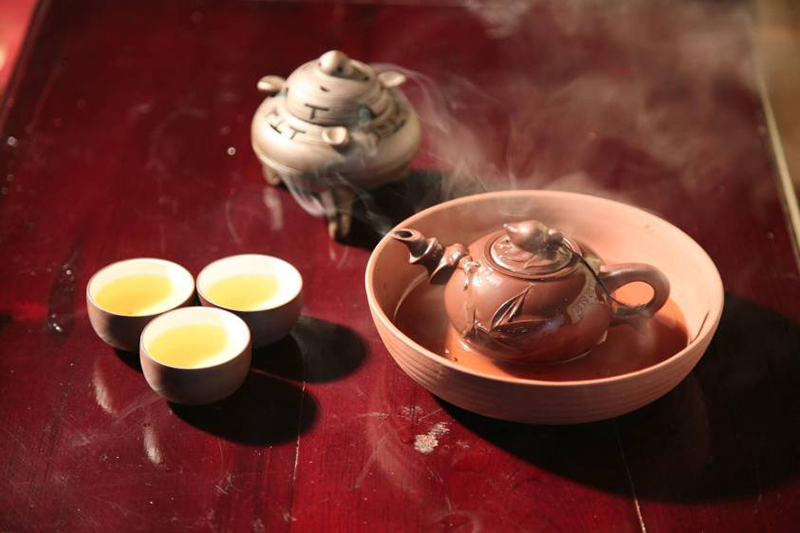
With simple steps, you will have a cup of strong oolong tea. Why don't try it?





